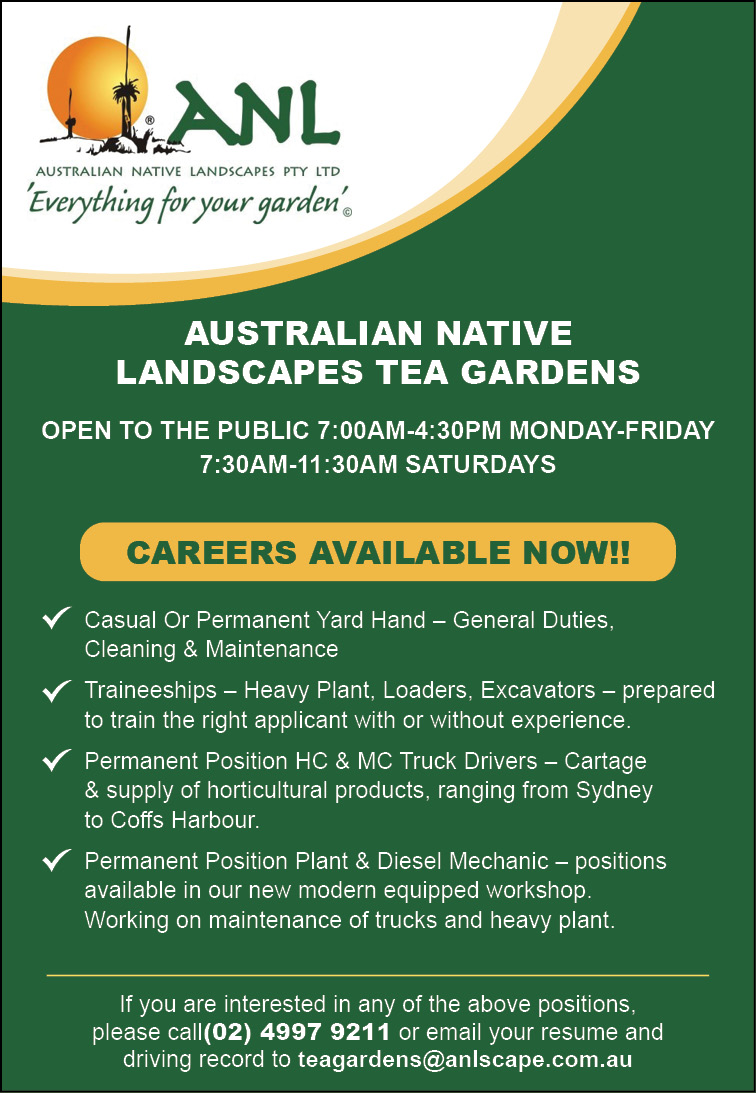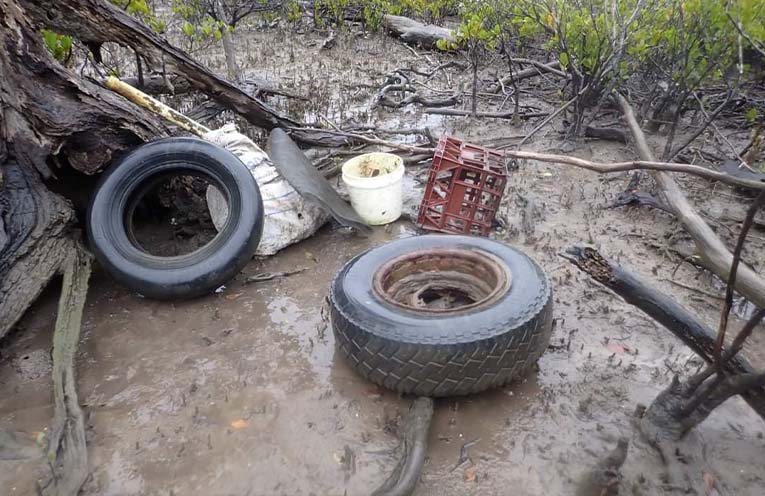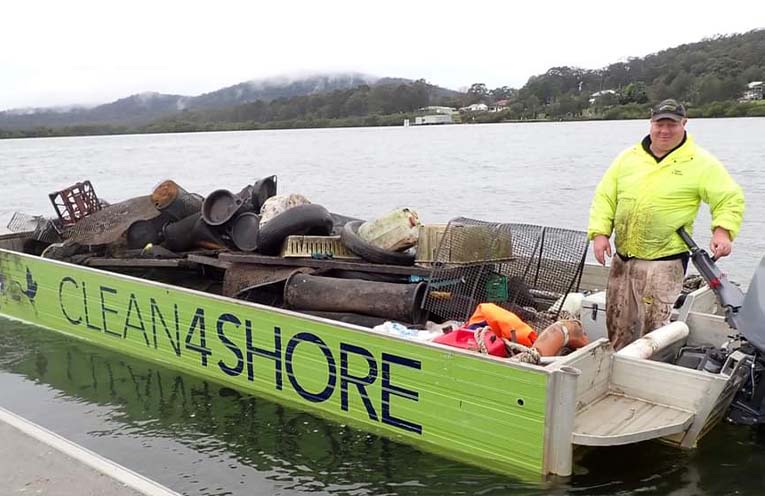
VOLUNTEERS braved the rainy and windy weather to help de-pollute the foreshore of the Karuah River on Saturday 27 July.
Led by volunteers from the Karuah Landcare Group, the team was facilitated by Clean4Shore, an organisation based on the Central Coast that specialises in cleaning up oyster-farming estuaries.
 Advertise with News of The Area today.
Advertise with News of The Area today.It’s worth it for your business.
Message us.
Phone us – (02) 4981 8882.
Email us – media@newsofthearea.com.au
“Clean4Shore, run by Johnno, is an organisation that removes litter and pollution from foreshores and mangroves, from the Hawkesbury to the Central Coast, and now up here,” Karuah Landcare member Torsten Landwehr told NOTA.
“Two months ago, Johnno approached Karuah Landcare Group, knowing of our regular, monthly meetings around Karuah, where we variously clean up the surrounding wetlands and mangroves.
“We meet and try to do some cleaning up every month or six weeks, also do regeneration work, replanting native vegetation around the highway, removing weeds and lantana.
“Johnno took out two barges – this was the third time in as many months – and we pulled in close to 600 kilograms of rubbish.”
A Clean4Shore representative told NOTA, “Treated by overcast, rainy conditions, we met with local resident Torsten. “Though unable to rally community interest, unsurprisingly, we rallied a small hard-working team out in the Clean4shore barge,” they said.
“Andy Phillips joined the team, as only one barge was needed, and Central Coast oyster grower Damo and his two boys assisted with the big load pulled from the mangroves.”
The barge went as far upstream as underneath the M1 freeway bypass bridge, where the mangroves on the South Bank were scattered with piles of small baskets and trays, nearly filling the barge.
“We want to make it a better place environmentally, good for locals to thrive, and some of our members are trained ecologists, but we are always hoping for more volunteers to join the Landcare group,” Torsten added.
“The barge is new for us, and it is pretty awesome to see the river and remote areas, and go into the mangroves and the hinterland – places you would otherwise never get to.”
While most of the rubbish appeared to be of oyster-farming origins – nets, cages, plastic trays and the like – there was a large array of other, non-oyster-farming detritus clogging up the mangroves.
Old car tyres, plastic of all shapes and sizes, milk crates, buckets and bags were all pulled out of what should be a pristine, estuarine environment.
By Thomas O’KEEFE


